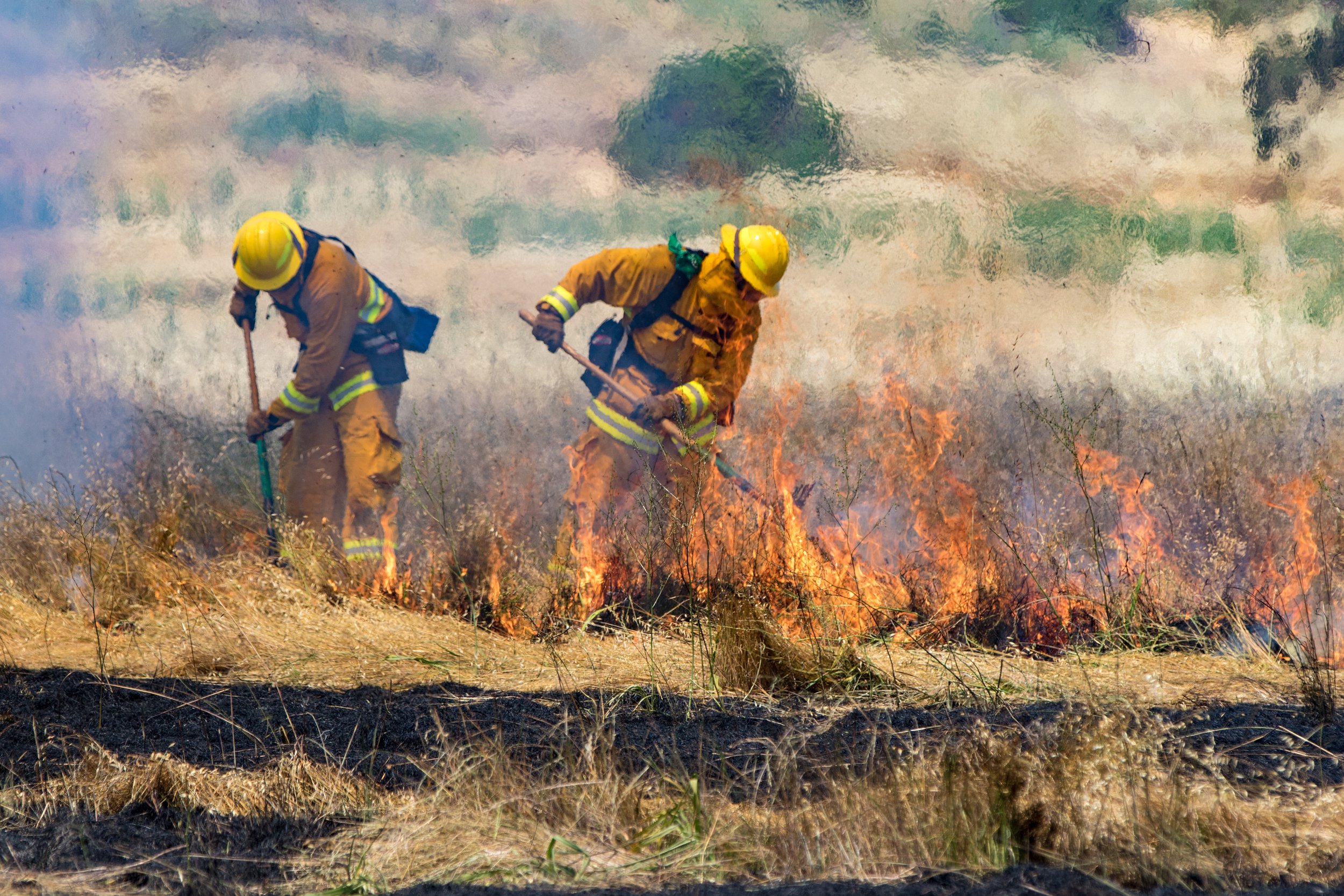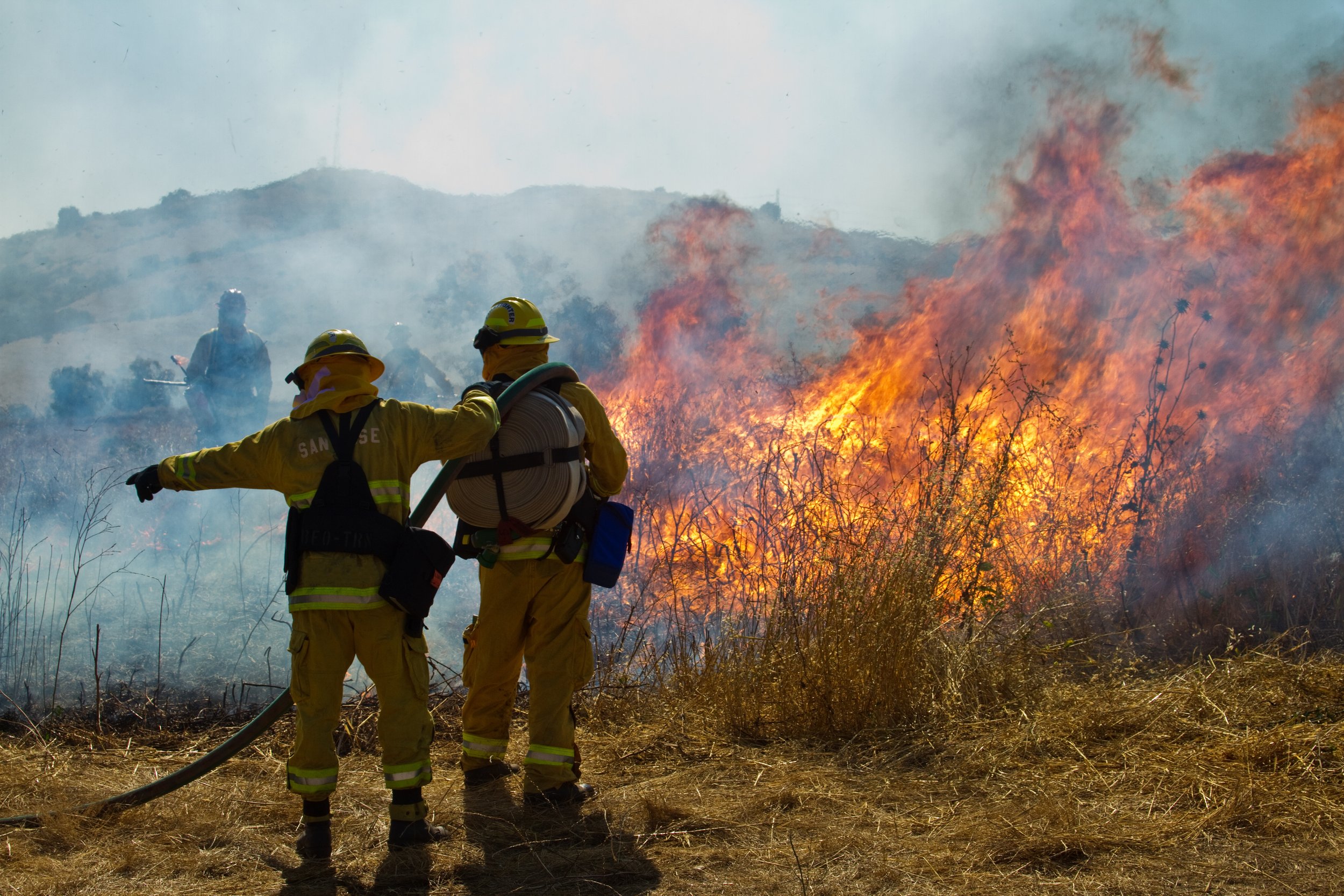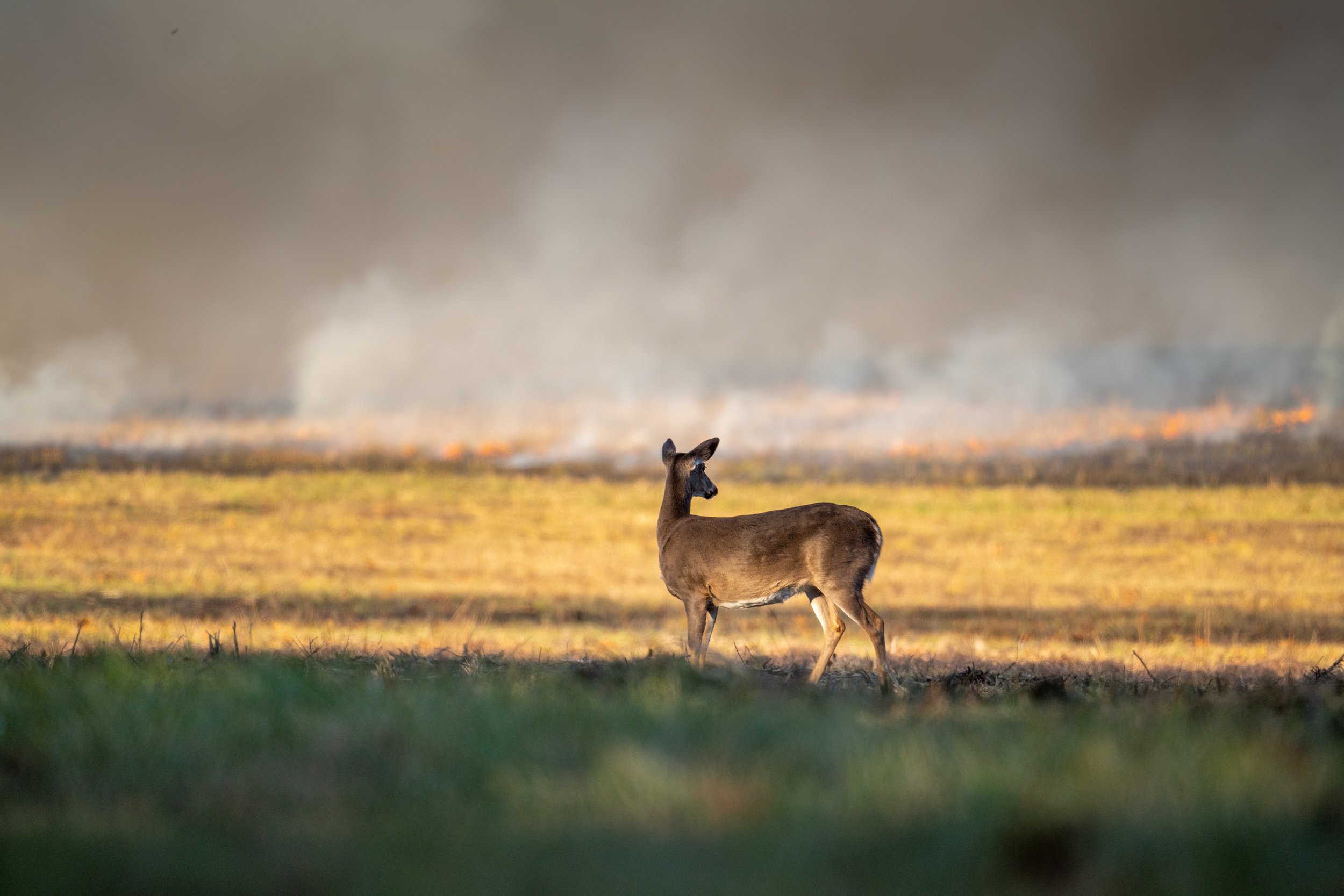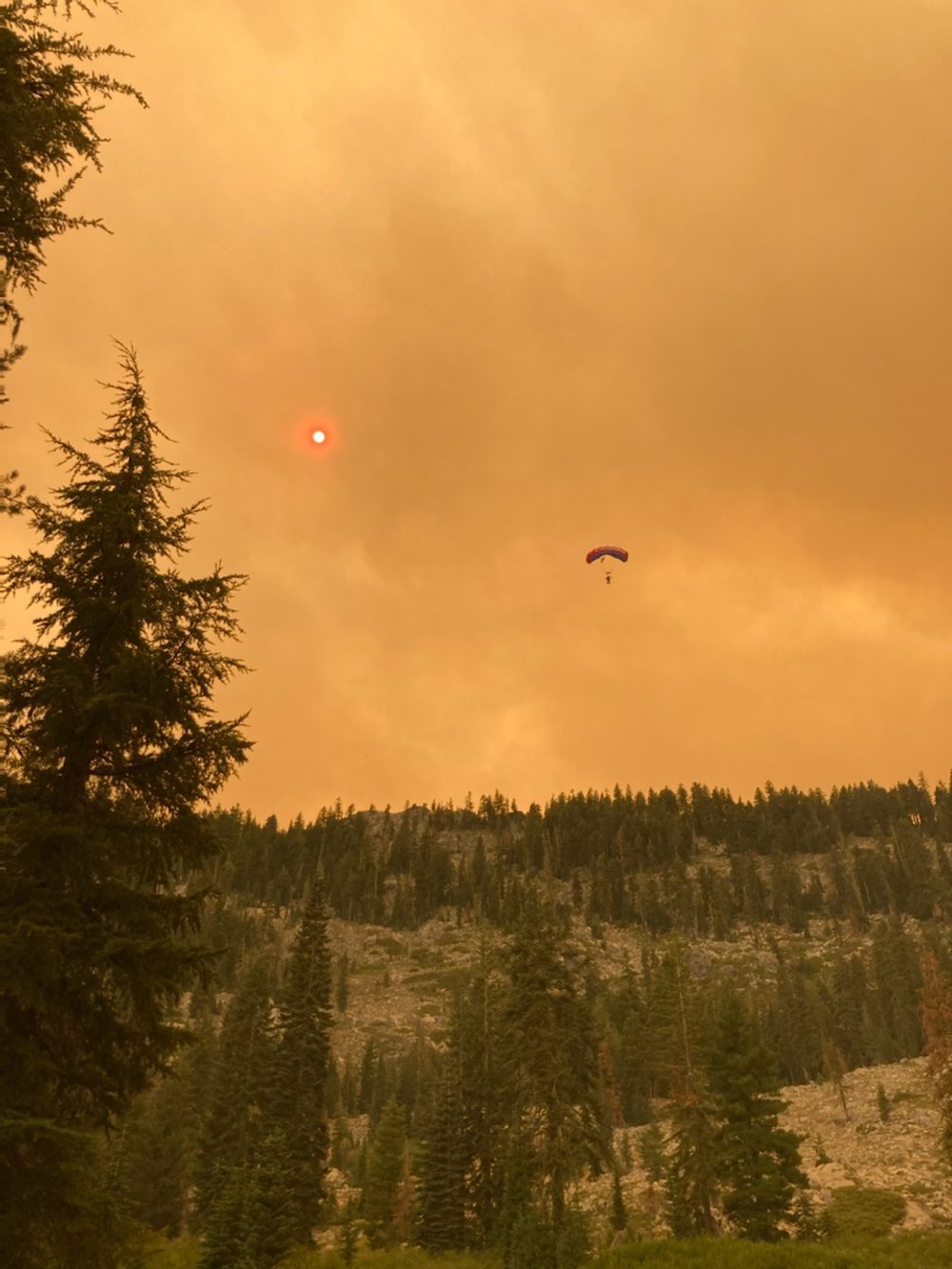Forestry firefighting is not just a job. It's a calling that demands the utmost dedication, skill, and preparation. As wildfires become increasingly frequent and intense, the role of the forestry firefighter becomes even more crucial.
However, even the most skilled firefighter is only as good as the gear they use. Given the life-threatening conditions often encountered in the field, having the right equipment is not just beneficial—it's essential for safety and effectiveness. This blog aims to provide an informative guide to the equipment needed if you're serious about a career in forestry firefighting.
Why Gear Matters
In the unpredictable and often hazardous environments where forestry firefighters operate, you can't overstate having the right gear. From combating aggressive fire behavior to navigating rugged terrain and dense woodlands, forestry firefighters face a variety of challenges. Given this, their gear isn't just an accessory. It's an essential component of their survival and effectiveness.
Imagine being out in a dense forest, miles away from the nearest road, fighting a fire spreading fast. The smoke is thick, and visibility is low. The flames are unpredictable, changing direction with the wind. Now imagine facing all of this without the right gear.
Without the proper flame-resistant clothing, even brief contact with flames or radiant heat could lead to severe burns. Poor-quality gloves could tear, leaving your hands vulnerable.
The absence of proper footwear could slow you down on uneven and possibly dangerous terrain, making you an easy target for the fire you're trying to combat. The stakes are too high for gear to be an afterthought.
In addition to the inherent physical risks, there's also the psychological dimension to consider. Knowing you have reliable gear lets you focus on the tasks at hand rather than worrying about your safety.
CrewBoss products are designed specifically for the conditions of forestry firefighting. They adhere to rigorous safety and durability standards, offering protection against immediate and long-term risks. For example, CrewBoss PPE contains materials that can withstand high temperatures, are resistant to tears and abrasions, and even offer features like enhanced breathability coupled with moisture-wicking to keep you comfortable during long shifts. You can learn more about the materials we use here.
Quality gear is not just about the individual either. It's about the effectiveness of the entire firefighting unit. When every member of the team is well-equipped, it enhances collective performance. Tasks finish faster, fewer mistakes occur, and the chances of successfully containing a fire increase exponentially. Plus, reliable gear like CrewBoss also helps minimize the chances of injuries, which can otherwise take a firefighter out of action and place additional burdens on the rest of the crew.
In essence, the right gear doesn't just protect the forestry firefighter. It amplifies their capabilities and the effectiveness of the entire team. So, whether you're a rookie just starting or a seasoned veteran, never underestimate the role of quality gear in forestry firefighting. Your safety, effectiveness, and even your life could depend on it.
Common Challenges as a Forestry Firefighter
Forestry firefighters face safety hazards that require thorough training, awareness, and specialized equipment to mitigate. Here are some of the significant safety hazards:
Fire Behavior
Fast-spreading Flames: Wildfires in forested areas can spread quickly, driven by wind, slope, and the abundance of fuel.
Changing Directions: Winds can shift, causing the fire to change direction.
Spot Fires: Embers can travel and ignite fires in new areas.
Rolling Material: Burning logs and debris can roll downhill, creating new ignition points.
Environmental Conditions
Rough Terrain: Forest areas often feature steep, uneven terrain bringing new challenges to navigation.
Hazard Trees: Snags are dead, standing trees without leaves or needles in the crowns and present a significant threat to forest worker safety. Snags may burn through more quickly than green trees and can fall without warning.
Dense Foliage: Heavy undergrowth can restrict mobility and visibility.
Dangerous Foliage: Exposure to Poison Oak, Poison Ivy, and Poison Sumac.
Weather: Rapid weather changes can affect fire behavior and complicate firefighting efforts.
Limited Water Supply: Unlike urban settings, natural water sources can be scarce.
Physical Exhaustion
Heat Stress: The intense heat from the fire, coupled with physical exertion, can lead to heat-related illnesses.
Smoke Inhalation: Smoke can contain harmful chemicals and particulates that may lead to respiratory issues. You can learn more about how to protect yourself from smoke here.
Fatigue: Long shifts and physically demanding work can lead to exhaustion, reducing decision-making ability and physical coordination.
Wildlife
Dangerous Animals: Encounters with wildlife like snakes, bears, or stinging insects are possible.
Zoonotic Diseases: Wildlife can carry diseases that can transmit to humans.
The Basic Gear Checklist
Personal Protective Equipment (PPE)
The first line of defense for any forestry firefighter is quality Personal Protective Equipment (PPE). This segment of gear is so crucial that it warrants an in-depth discussion. The role of PPE is to shield the body from the extreme conditions faced in the line of duty, including high heat, flying embers, and even chemicals. Let's explore some of the flagship garments from our catalog.
CrewBoss Classic Brush Pant
Made to meet the rigorous standards of the National Fire Protection Association (NFPA), the Classic Brush Pant is an essential part of any forestry firefighter’s wardrobe. Designed for maximum mobility and comfort, these pants focus on durability and flame resistance. The strategic placement of pockets and reinforced areas make these pants functional and safe.
CrewBoss Traditional Brush Shirt
Matching the quality and reliability of the Classic Brush Pant, the Traditional Brush Shirt provides superior protection for the upper body. This shirt is not just about withstanding high temperatures but also for comfort during long working hours. Breathable yet flame-resistant materials make this a go-to choice for any forestry firefighter.
CrewBoss Ember
While the classic line focuses on the essentials, the CrewBoss Ember garment range offers advanced features specifically made for female firefighters. Designed for even higher performance and comfort, the Ember line incorporates modern fabric technologies that provide enhanced heat resistance and moisture-wicking capabilities. If you're in a position demanding extended periods of strenuous activity, this might be the right choice for you. You can learn more about how our ember line came to be by going here.
For PPE, each piece of gear serves a purpose, and all are indispensable in their own right. The choice on which PPE is best for you will depend on specific job requirements and personal preferences for comfort and additional features. However, one thing is clear: opting for CrewBoss garments ensures equipment that meets or exceeds safety standards, keeping the forestry firefighter protected in the most demanding conditions.
Tools for Fire Suppression
In addition to PPE, forestry firefighters need an array of tools designed specifically for fire suppression. This can range from fire rakes and Pulaskis for clearing debris to hoses and nozzles for applying water or fire retardant.
Communication Equipment
Lastly, no forestry firefighter should go into the field without reliable communication equipment. Two-way radios, signal flares, and GPS units can make all the difference when you're in a remote location, fighting a blaze.
Specialized Gear for Specific Situations
Forestry firefighting isn't a one-size-fits-all job. Different situations call for specialized gear. Aerial firefighters, like smokejumpers for instance, require harnesses and other equipment that meet aviation standards. Those operating in colder climates might need insulated PPE.
And let's not forget about water rescue equipment for those rare but critical situations where a forestry firefighter might need to engage in water-based rescue. Then there are specialized tools for operating heavy machinery like bulldozers and helicopters, which require additional training and equipment. The point is, it's crucial to have the right gear for the specific type of forestry firefighting you'll be doing.
The Importance of Quality and Standards
When it comes to life-saving work, there's no room for compromise. That's why reputable brands like CrewBoss adhere to certifications like those from the National Fire Protection Association (NFPA).
These standards ensure that the gear is durable, safe, and effective for its intended use. Consistent gear maintenance is also vital for ensuring longevity and functionality. Regular inspections can help catch any wear and tear before it becomes a significant issue, ensuring that the forestry firefighter remains protected. Click here if you’d like to learn more about how to maintain and prolong the life of your PPE.
Tips for Choosing and Purchasing Gear
When selecting gear, especially PPE, it's essential to consult a reliable source like a specialized store or an online platform. Always look for quality indicators like NFPA certifications. While budget considerations are essential, this is not an area where you should skimp. Investing in high-quality gear enhances safety and proves to be cost-effective in the long run, as better-quality equipment generally lasts longer.
Being a forestry firefighter is no small feat. The risks are high, but with the right gear, you can minimize the risks. Remember to always prioritize safety and effectiveness by choosing high-quality, specialized equipment that suits your particular needs. When your life and the lives of others are at stake, settling for anything less is not an option.
Contact Us
Please, don’t hesitate to contact our sales team at CrewBossSales@crewbossppe.com to learn more about which PPE is best for you. We’d be more than happy to help. Whatever your mission, feel prepared and safe wearing CrewBoss PPE.


















